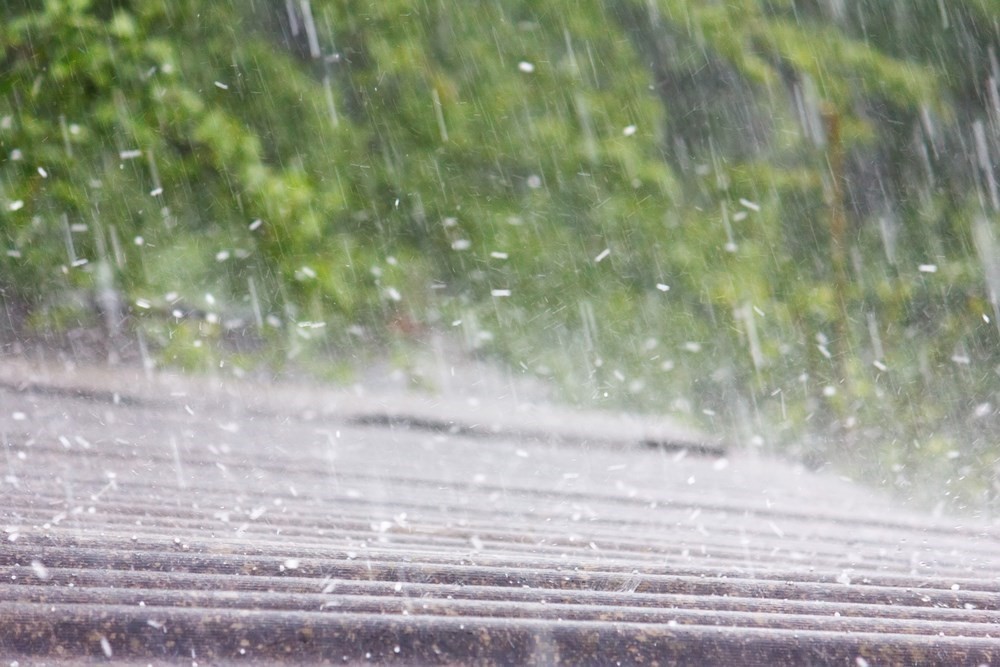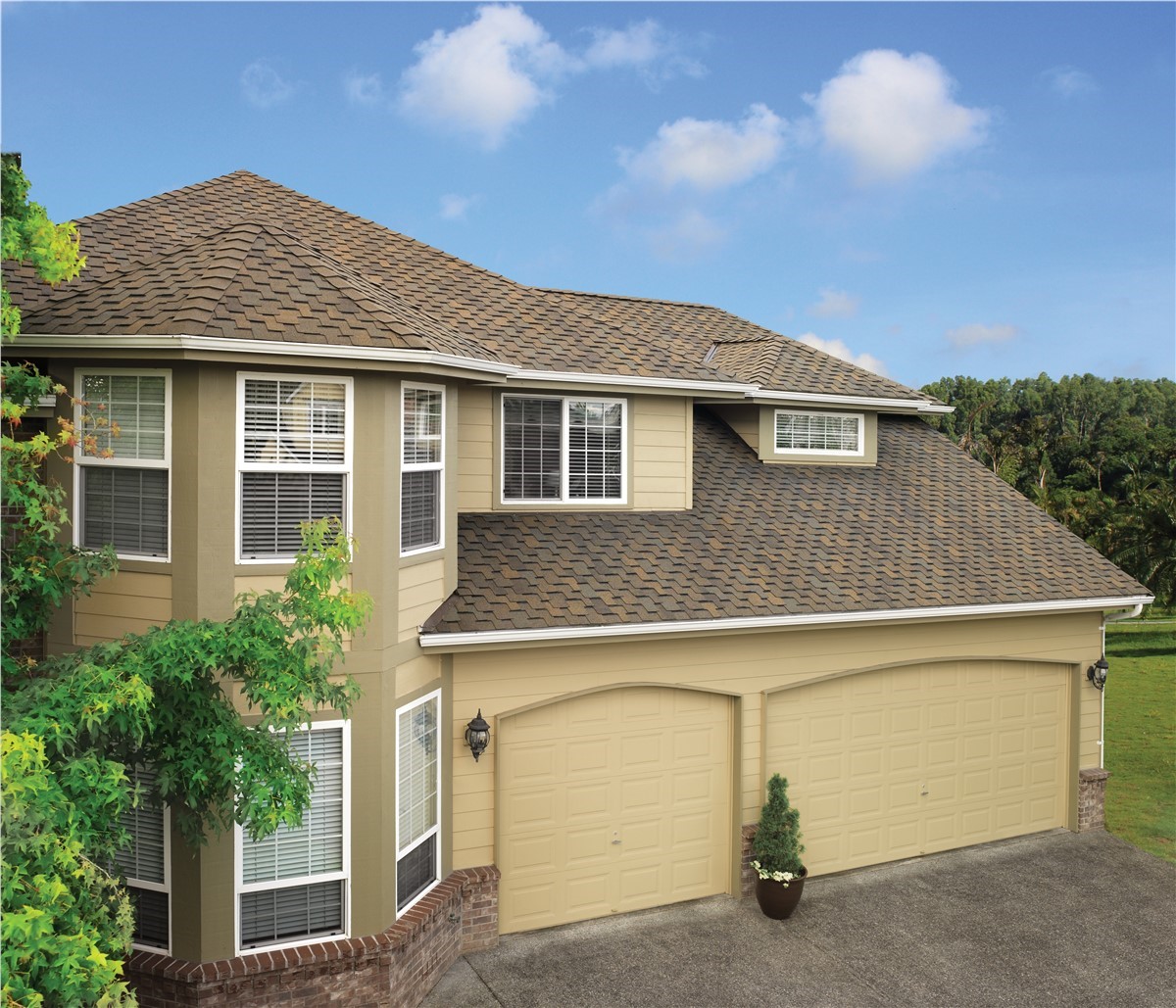Windows & Interior Temperature
On average, 20% of a wall's surface area in your home is made up of windows. In the wintertime, they expel more heat, and in the summer, they gain heat. In fact, windows distribute more heat than any of the other surfaces in your home.It may not seem obvious at first how windows help regulate interior temperature. But this guide will give you an inside look at the how and why they do.
Then we'll give you the tools you need to test your own windows. And what you need to know to determine whether you need a replacement.
Features That Regulate Heat
If you've ever tried starting a fire with a magnifying glass, you know that glass conducts heat. It also retains heat. This is why rooms with large windows can steam up quickly in the summertime.But heat transfer isn't limited to simply moving through the glass. There are several other ways you can gain or lose heat through your windows.
Blinds and Curtains
Blinds are a great way to continue regulating interior temperature. Slatted blinds will help keep your home cool in the summer, but may not keep heat in during the winter.If you have western-facing windows, use heavy fabric curtains. Tighter weaves will block out the heat in the afternoons. During the winter, be sure to keep windows covered at night to keep that cold air from seeping through.
Frames
Frames warp and crack over time, especially if they're made from wood. When a frame stops fitting snugly around a window, it can pull at the sealant or at the wall itself. This is another way heat or air conditioning can escape.Regulating home temperature with windows often comes down to frequent window inspections. This is something you can do yourself, and we'll get into the details of how to do so below.
Issues With Older Windows
If you've got older windows, make sure you check them for signs of deterioration. Know that older windows are not always insulated or sealed. This can be the culprit if you notice your energy bill climbing.Older windows are also more likely to be made of wood. Wood is at a higher risk of bending, swelling, and cracking over time. Make sure you take special care to examine any wood frames.
Finally, older windows may be cracked without you knowing it. Small cracks that let in even the tiniest amount of outside air in will mess with your thermostat.
Many homeowners are only concerned with outside panes. But even cracks in outside panes can press heat against the inside panes. This makes it more likely for excess heat to get into your home.
Evaluating Your Current Windows
Evaluate your current windows in three phases. First, the visual test. Taking a moment to inspect your windows is a good first step in knowing whether you need to replace them.- Can you see signs of wear, cracking, or separation?
- Have the edges been painted over?
- Are there dents in any metal frames or fixtures?
Then test your windows by opening and closing them. If you've got to call in an extra pair of hands to help, that's likely a sign that your frame has been damaged.
The Cost of Old Windows
Unfortunately, a high energy bill is often the first sign that your windows need repair. That's because well-made windows will help you keep most of your heat inside.You could see your energy bill spike suddenly after a storm or accidental damage. Or you may see it climbing over time. Getting a window replaced is the best way to watch those numbers come back down.
And the type of window you install can have an impact on your bills as well.
Energy Efficient Windows
Energy-efficient windows are specially designed to prevent year-round heat transfer. Their frames consist of sturdy, low-maintenance materials. And they are better able to withstand the elements and secure insulation.Most often, they will have two glass panes separated by a small space. The most energy-efficient windows will have three or more panes. This also reduces the window's risk of breaking and provides a greater sound barrier.
The space between the panes is full of air. If not air, it will usually be a non-toxic, odorless gas like argon, that provides better insulation.
You can also get glass coated to reflect infrared light. This promotes energy efficiency during winter by keeping the heat inside. This coating can also block UV light, which can fade your furniture.
How to Schedule a Window Replacement
Your first step is getting in touch with a window repair and installation service. If you're not sure whether you need a replacement, your first step is to schedule an inspection.An expert will come out and inspect your windows for you. Then they'll present you with a quote on what work needs to be done and for how much.
Sun levels, heat transfer, and exposure to the elements differ from room to room. For example, a northern window beneath the overhang is not the same as a southern window on the porch. So if it turns out you do need some new panes, an expert will know which replacement windows will be best.
How Windows Help Regulate Interior Temperature
Knowing how windows help regulate interior temperature will save you money over time. Take stock of your windows and get any damaged ones repaired as soon as you can.You can get a quote for your first window replacement today, by clicking here.
Subscribe to Amos Exteriors's Blog









Comments